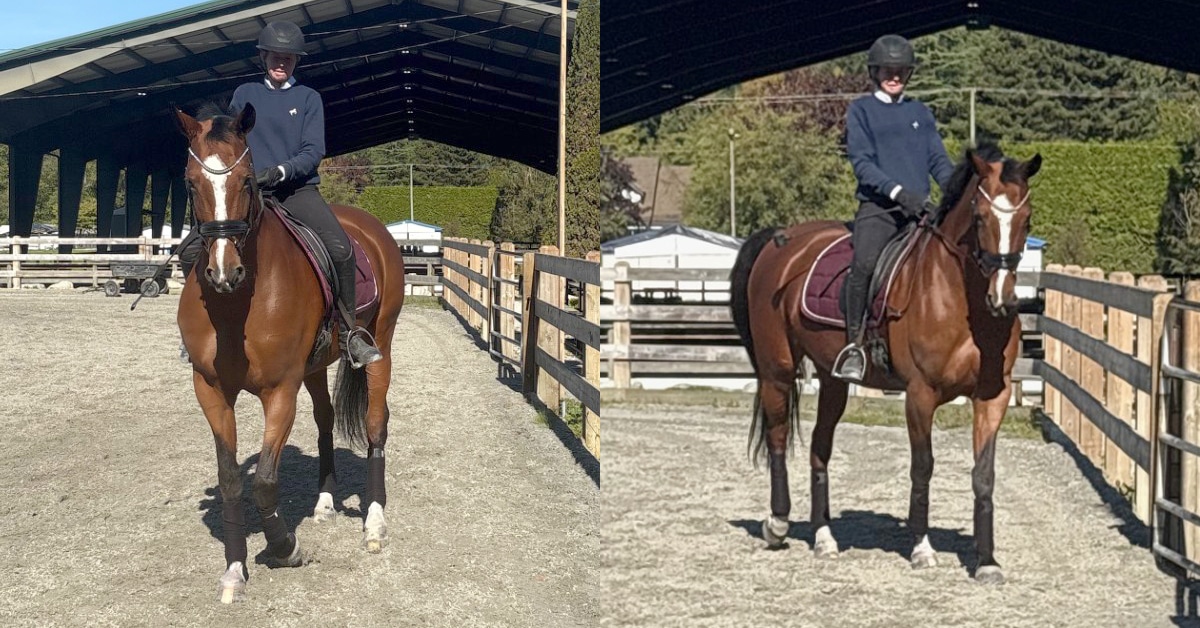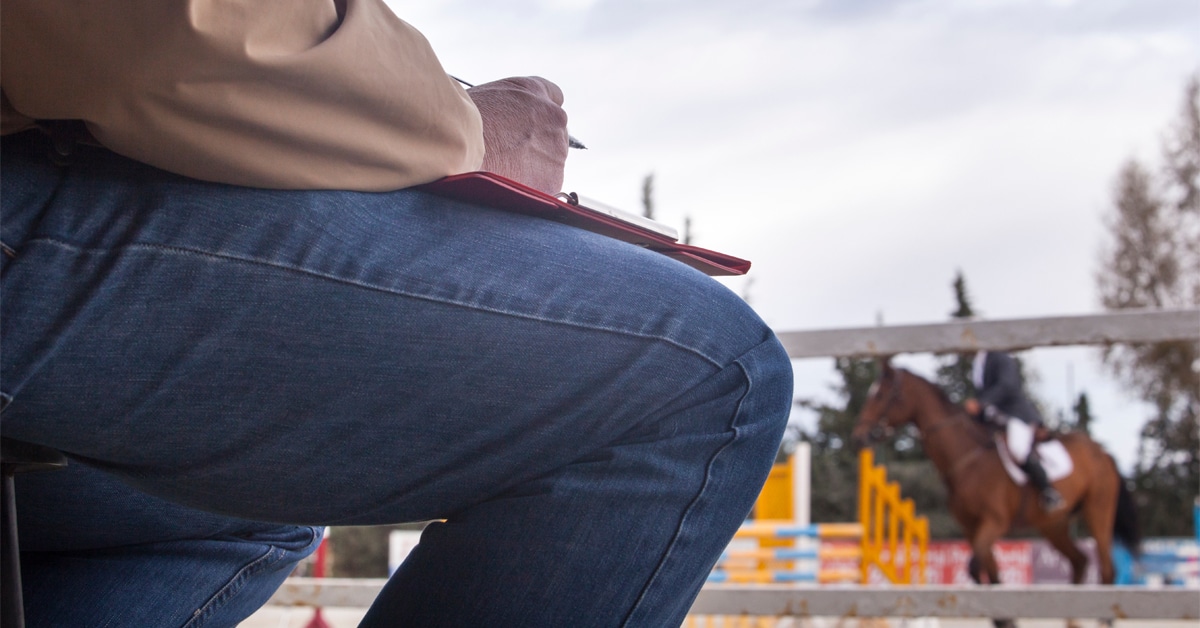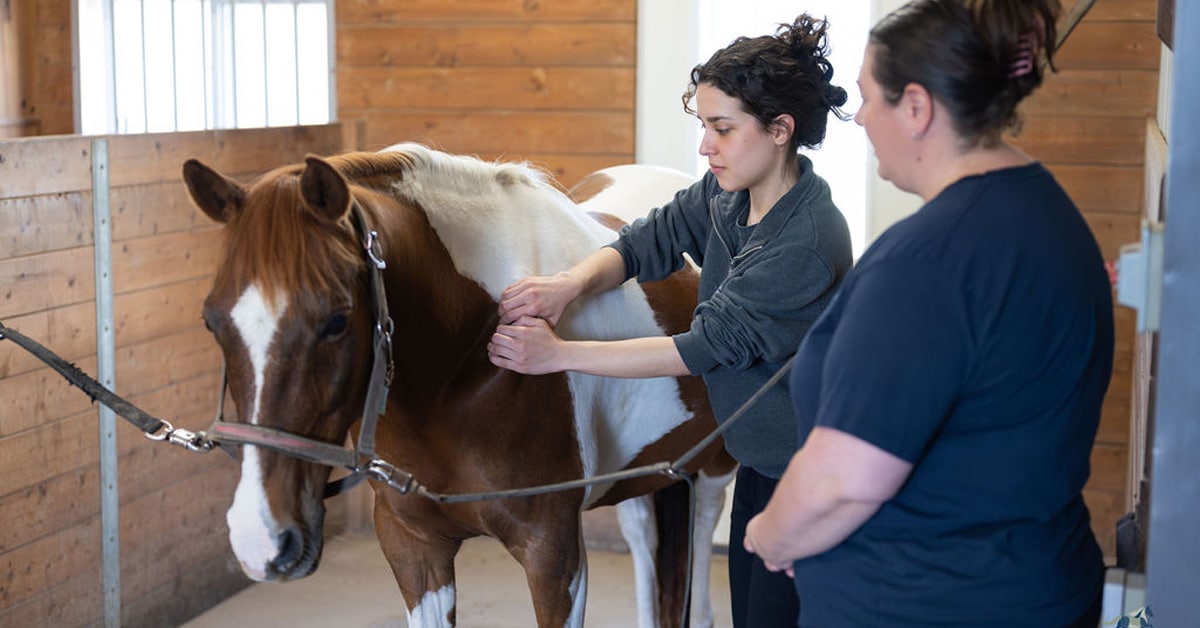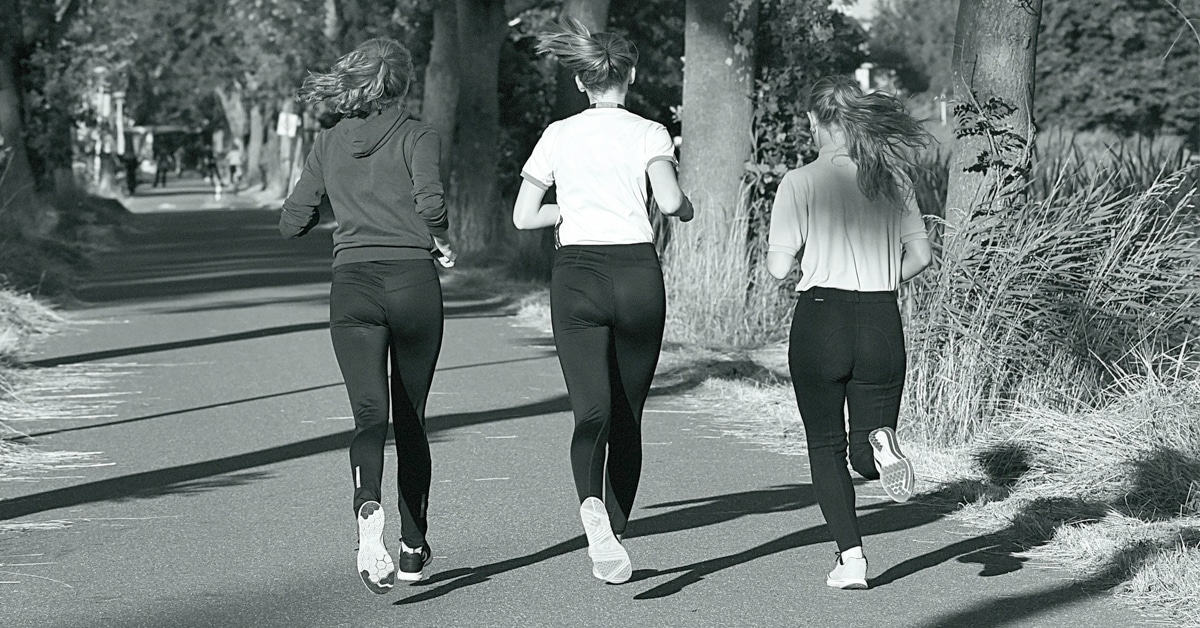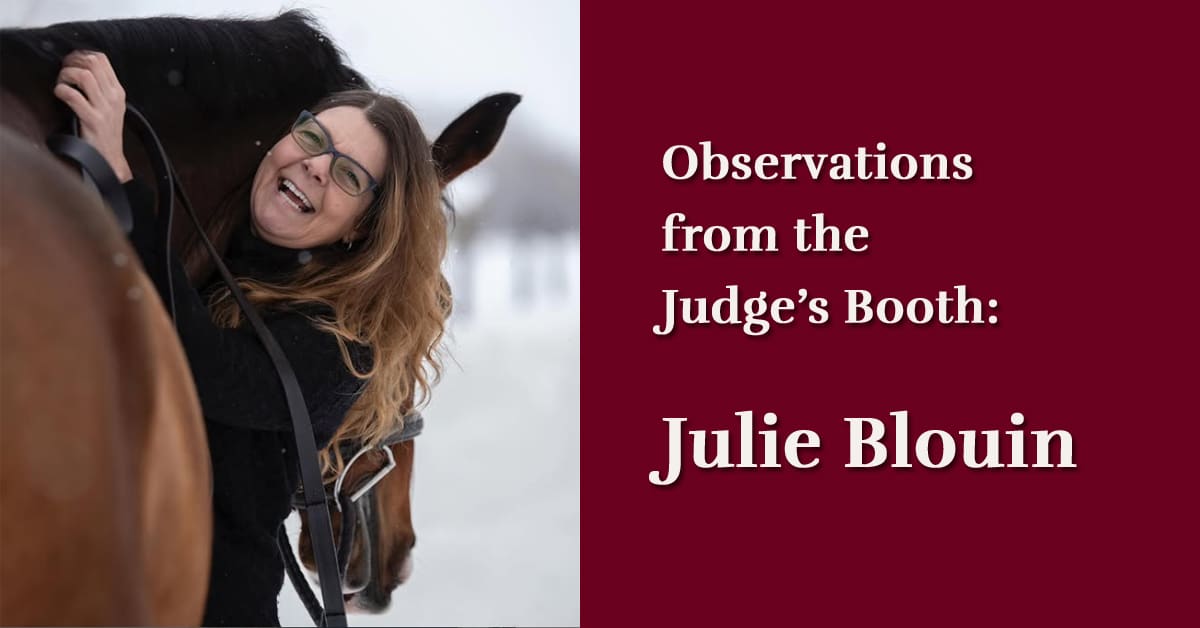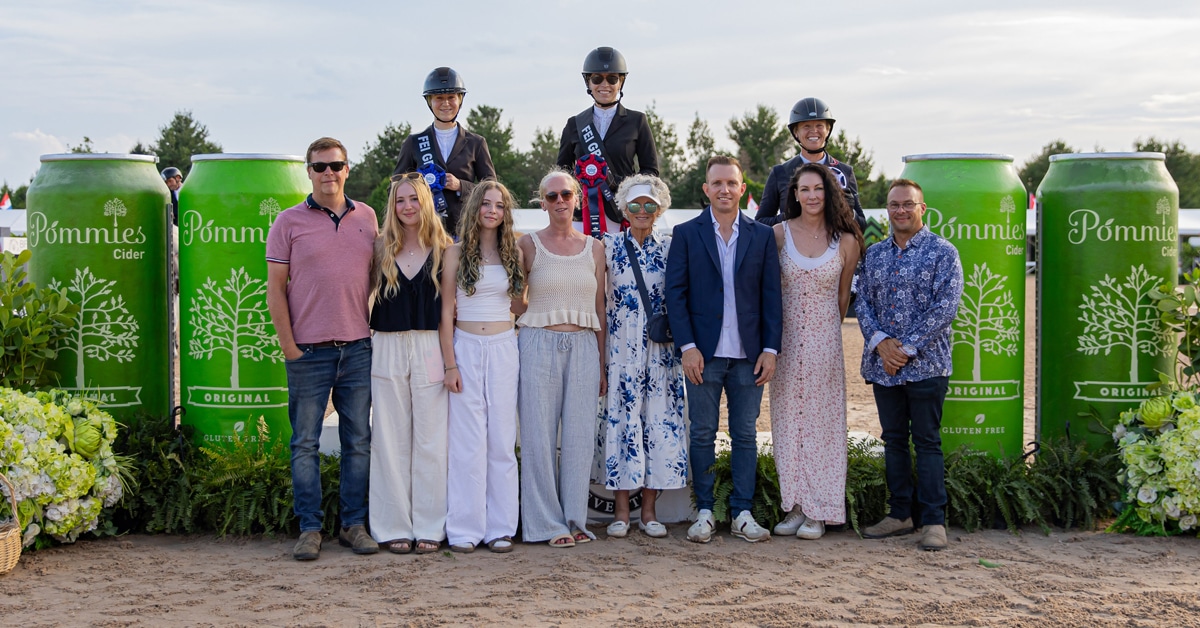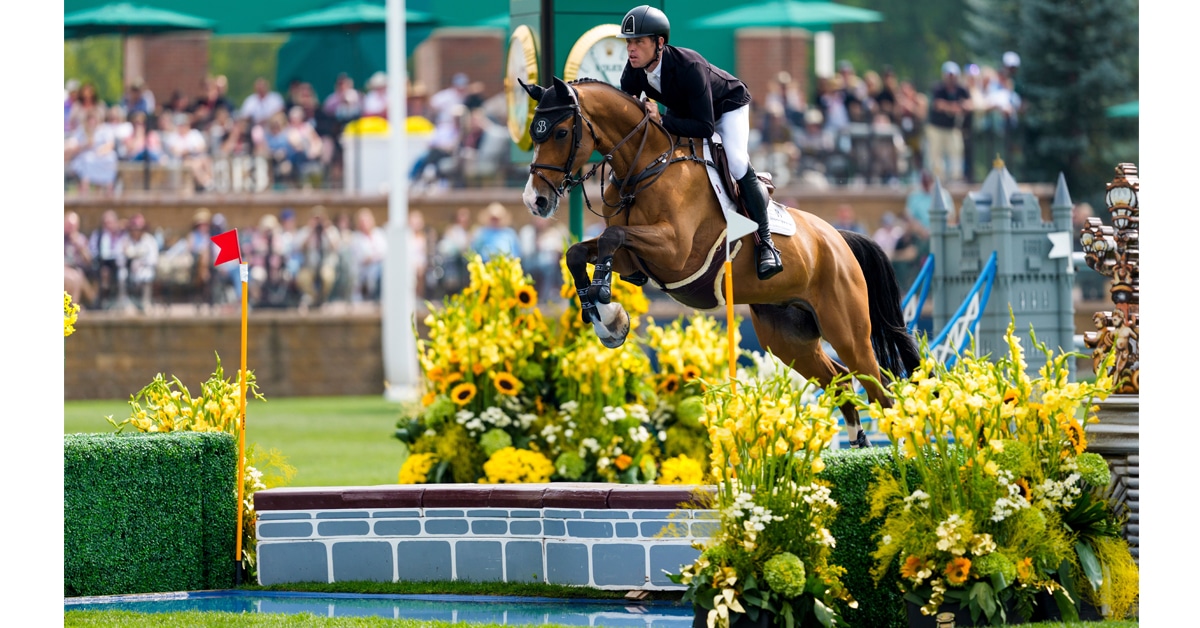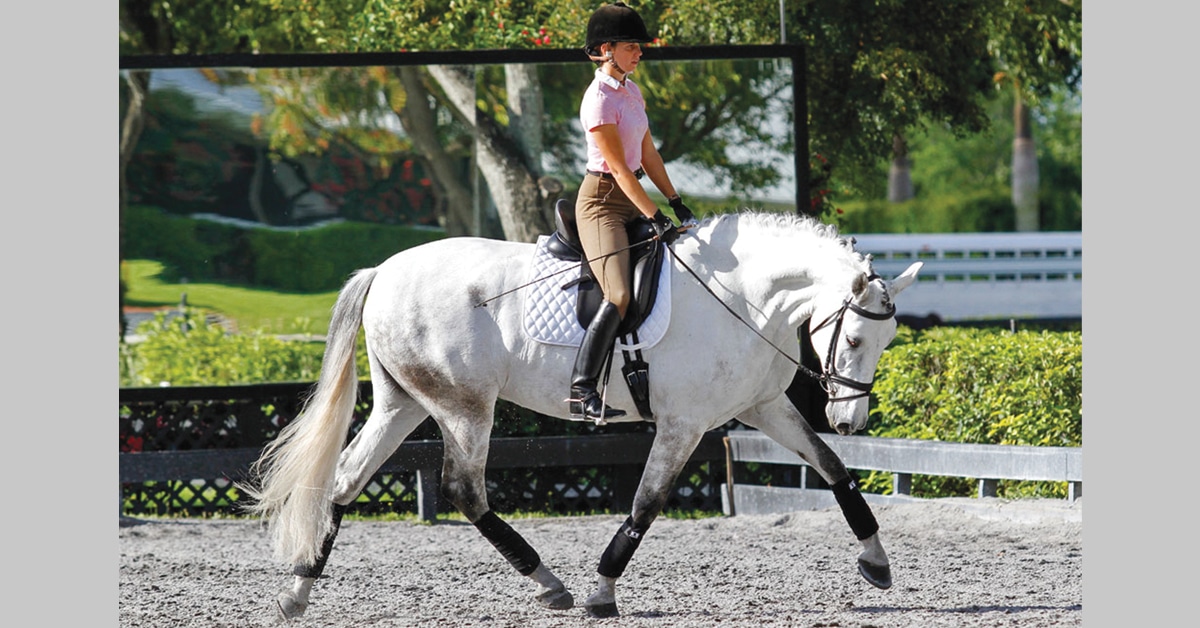
Eventers were tolerated by the USET, which was run by people predominantly interested in show jumping. Dressage hardly existed, and my mother referred to eventing and dressage as “the poor stepchildren” of the Team. My father’s successor as USET president, Whitney Stone, was a big supporter of show jumping, but he also had the foresight to provide funding for an eventing coach and some administrative staff and made the facilities at Gladstone available to eventers. Things began looking up by 1962 when, in addition to a permanent training base, the discipline had a grass-roots organization behind its efforts.
The Founding Fathers of eventing included Philip Hofmann, Alexander Mackay-Smith, and Stuart Treviranus—also Jack Burton and Jack Fritz, who jointly wrote the first rulebook, trained judges and officials, organized events, and generally provided the administrative structure needed for the sport to grow. At one point Jack Burton was called “the Johnny Appleseed of eventing” because a local competition started and flourished everywhere he went.
The closeness of the people behind the scenes was duplicated among the competitors. Event riders all knew each other, knew each other’s horses, and could recite the competitive records of all their fellow participants. Those of us competing at the national level were rivals, but with no hint of “win-or-die” mentality. We were all simply intrigued by the cross-training nature of the sport and intoxicated by the prospect of riding long distances at speed over fixed obstacles. In our minds, one successful cross-country ride could make a year’s worth of effort worthwhile. This was the mindset of the Team as we began our spring season of preparation aimed at two horse trials in Virginia, followed by the Myopia Three-Day Event. The Pan American team’s short list would be announced at Myopia, and we would resume training at Gladstone after a short break.
A Do-It-Yourself Sport
But first things first. As Rick Eckhart and I stepped out of my car in Warrenton, Virginia, to walk the cross-country course at our first spring horse trials, we were greeted by organizer Stuart Treviranus. He exclaimed how glad he was to see us and handed us a stack of both red and white paper plates, a hammer, a coffee can full of nails, and several black broad-tipped pens, asking, “Rick, would you and Jim flag and number the course while you walk it?”
Slightly startled, we acquiesced, but gently inquired about a course map. “Oh, Rick, you rode here last year—it is the same course.” We gathered our plunder and set out, happily flagging and numbering the course as we went. So the event was disorganized! We didn’t care. We were about to go cross-country.
The Team’s efforts were usually better organized than the events we attended. All we had to do was ride, while the administrative staff at Gladstone arranged motels and stabling. General F.F. “Fuddy” Wing was the Executive Director, and trips that he and his staff organized usually ran like clockwork. Another of my U.S. Army Dutch Uncles, Fuddy was a lifelong cavalryman and a member of the 1948 Olympic show-jumping team. Given his experience, it is no surprise that he was accustomed to organizing large groups of horses and people.
However, when things went off the rails, they went off badly. Our second horse trials (we used the terms “events” and “horse trials” interchangeably) that spring, the Blue Ridge Horse Trials (also in Virginia), was on the western slope of the Blue Ridge Mountains, and a huge scuffle had broken out behind the scenes by the time we riders arrived at the site.

Everybody is all smiles after a clean and fast round at Badminton. I signed and sent this photo to Jack Le Goff to thank him for all his help. It hung on his wall, but his family returned it to me as a memento after he passed away. “In the picture” refers to Jack’s help in my return to elite competition.
The Team paid for our grooms during our training periods and made all the arrangements for them—transport, lodging, and so on. At that time, there was a huge social barrier between grooms and riders, as “one didn’t mingle with the help, don’cha know.” These barriers were even more immutable in the case of my groom, Alex, who was Black.
The story went like this. The closest motel to the horses’ stabling was the Mountain View Motel. (It still stands on U.S. Route 50, near the Shenandoah River.) Several young ladies were grooming for the USET that year. They walked into their accommodations, took one look around, and promptly went on strike. They said the motel was a roach-trap, they were not staying there, and that was that. Hearing this, Stefan, who was in charge of our trip, did what any self-respecting retired army officer would have done: he delegated it to our barn manager. René Williams assessed the situation and reported back that the grooms were united and adamant. No clean sheets and hot water, no grooms. Fortunately, there was sufficient space at the Holiday Inn and peace descended on the Blue Ridge.
All this was reported to me later. Looking back, I recognize trends and issues that would emerge from the 1960s and cause turmoil throughout society. Fissures caused by attitudes toward race and gender, the same ones we are dealing with today, had begun to manifest.
I was so focused on competition at the time that I never spoke with Alex about his experiences leaving the Mountain View Motel and upgrading to the Holiday Inn. As a Black man with an eighth-grade education, he would have given me an entirely different take on life in the horse world. Knowing him, I would guess that he receded into the background while the white female grooms were standing up for their rights to better working conditions. He would have lived in worse, and several times while he worked for me I was hardly able to find suitable lodging for him. I think he would have slept outdoors, if that was what it took for him to have Henry in his care.
From the minute he saw him, and from that day forward, Henry [Kilkenny] became “tha Big Hoss” to Alex, who was devoted to him. He wasn’t talking about Henry’s size, although 17-hand horses are big enough. He meant his record, his abilities, and his wonderful, sweet personality. As I mentioned before, Alex didn’t have much schooling, his speech patterns were unusual, and he went on the occasional bender, but he was a horseman through and through, and he loved Henry. That was enough for me, and my devotion to Henry was enough for Alex.
***
Still Horse Crazy After All These Years by Jim Wofford is available from Trafalgar Square Books here.
The Latest
